Defense
Comprehensive Solutions for Defense Applications
Sea Defense
- Ship Protection Anti-Piracy
- Naval IRST
- Coastal Surveillance
- Naval Base Surveillance
- Unmanned Surface Vehicles
Key Challenges:
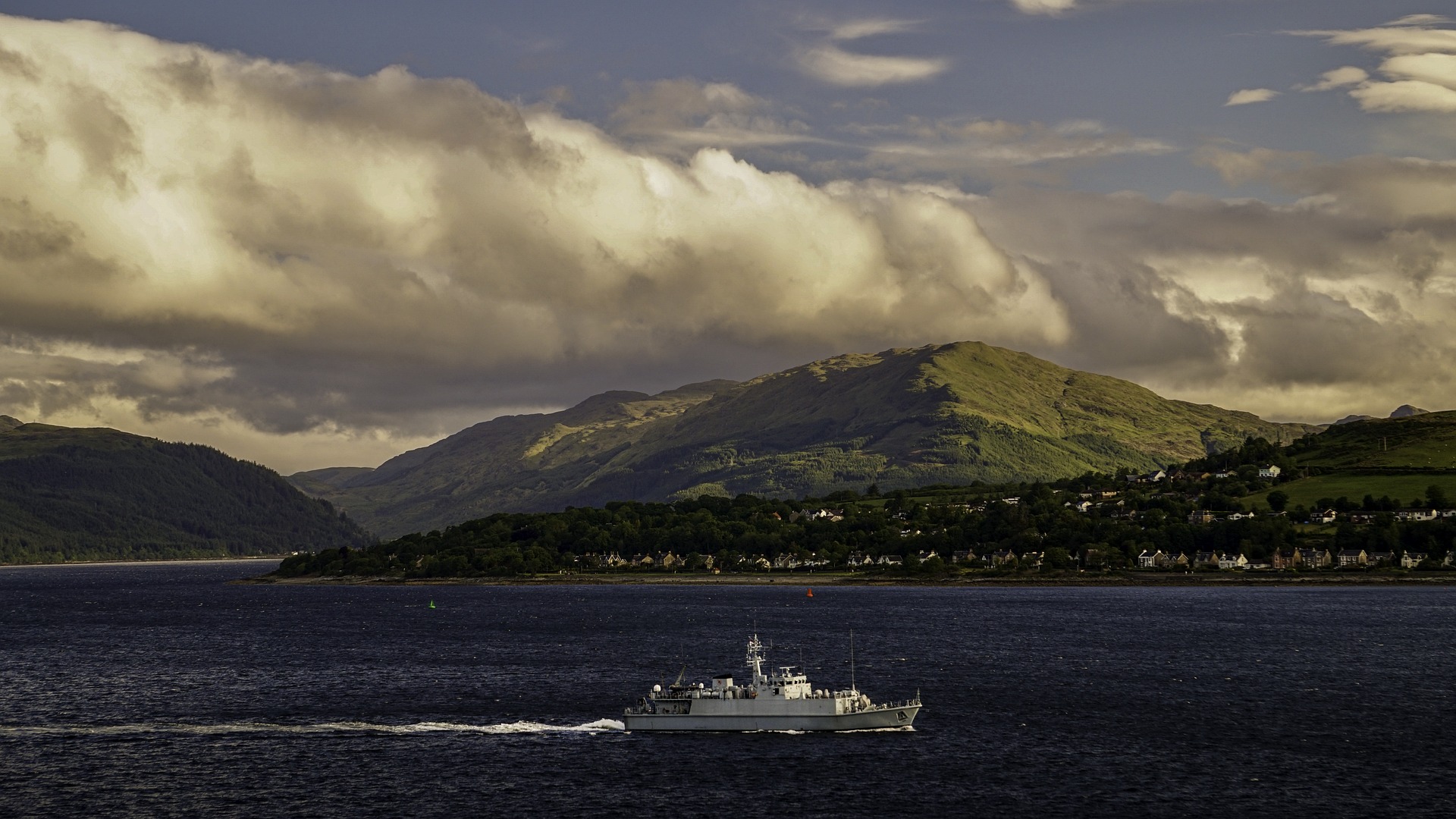
Ship Protection Challenges
Ship protection is difficult to accomplish with a single, compact, easy-to-use system. Traditional maritime threat detection systems like medium-range radar and sonar struggle to detect small crafts, wooden vessels, or improvised boats in wave-ridden environments. These threats often have low Radar Cross Section (RCS), making classification unreliable without additional imagery and actionable intelligence. This delay in threat confirmation increases risks to ships and crews.
Main Threats:

Pervasive Piracy Threats
Pirates employ sophisticated tactics, including armed assaults and hijackings, particularly in high-risk areas such as the Gulf of Aden and waters off Somalia.
Armed Robbery and Boarding Incidents
Criminals often target ships for robbery and boarding incidents during transit, anchorage, or slow steaming, exploiting vulnerabilities in maritime operations.

Kidnappings
Kidnappings for ransom remain prevalent, with criminal groups targeting ships and crews, demanding substantial ransoms for their release.
Terrorist Threats
Terrorist organizations and non-state actors exploit the strategic importance of maritime routes, engaging in acts of violence, sabotage, and explosive attacks, posing a significant threat to maritime security.
Key Challenges:
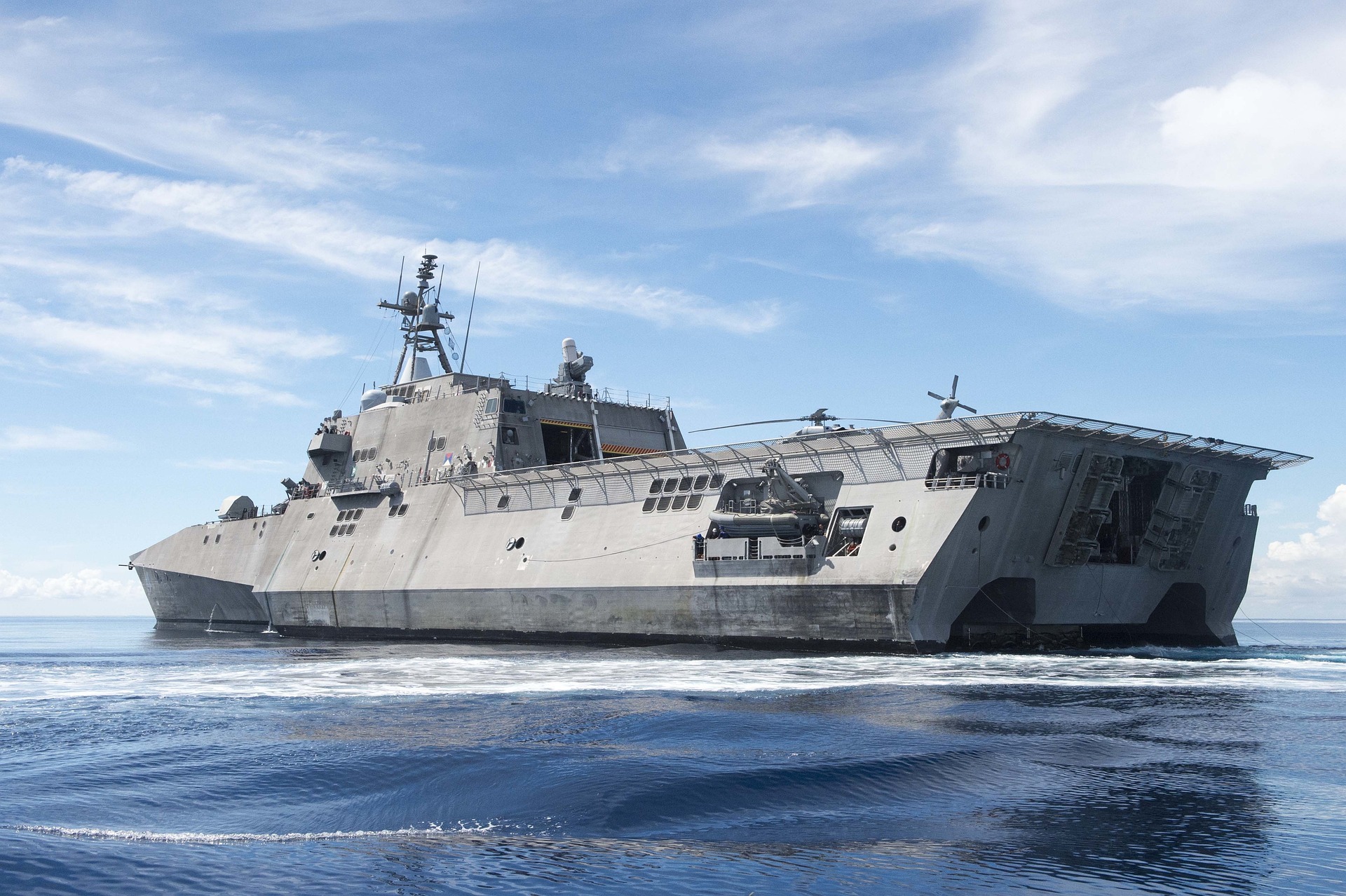
Warship Protection Challenges
New technologies demand naval forces enhance their defense capabilities against asymmetric air and surface threats. Low-altitude air targets, such as missiles and drone swarms, and fast-approaching surface threats like RHIBs or USVs, challenge current surveillance systems’ effectiveness.
To address this, an Infrared Search and Track (IRST) system must be implemented, meeting critical requirements:
– Fully passive to remain undetectable.
– Adaptable to rough sea conditions with gyro stabilization.
– Integrated with automatic data fusion into the vessel’s Combat Management System for quick reaction times.
Main Threats:

Missiles
Warships face threats from advanced missiles, including:
– Low-height sea-skimming missiles
– Hypersonic missiles with high velocity and maneuverability
– Air-to-surface or surface-to-surface missiles
Aircrafts
Threats from the air include:
– Fighter and stealthy aircraft
– Light or heavy helicopters
– Small UAVs and tactical UAVs

Surface Asymmetric Threats
Surface threats include:
– Fast Incoming Attack Crafts (FIACs)
– Rigid-Hulled Inflatable Boats (RHIBs)
– Jet-skis and small boats with Low Radar Cross Section (RCS)
– Unmanned Surface Vehicles (USVs)
Key Challenges:

Targets Hardly Detectable by Radars
Stealthy targets with low Radar Cross Section (RCS), such as swimmers, USVs (Unmanned Surface Vehicles), or RHIBs (Rigid-Hull Inflatable Boats), are challenging to detect using traditional radar systems.
Detecting Friend and Foe Amongst Dense Maritime Traffic
Coastal monitoring requires more than just detecting approaching objects. Advanced classification algorithms must enable operators to distinguish between friendly and hostile entities amidst heavy maritime traffic.
Main Threats:

Maritime Intrusions
Unauthorized vessels, including small boats, fishing vessels, and larger ships, may breach coastal waters for illegal activities such as smuggling, piracy, or illegal immigration.
Smuggling and Trafficking
Coastal areas are often transit points for drug trafficking and contraband. Smugglers may also use coastal routes to transport people for illegal immigration.

Maritime Terrorism
Terrorist organizations may use boats or other waterborne methods to attack coastal infrastructure, vessels, or populated areas.
Illegal Fishing
Overfishing and illegal fishing activities harm marine ecosystems and local economies, necessitating vigilant coastal surveillance to mitigate these issues.
Key Challenges:
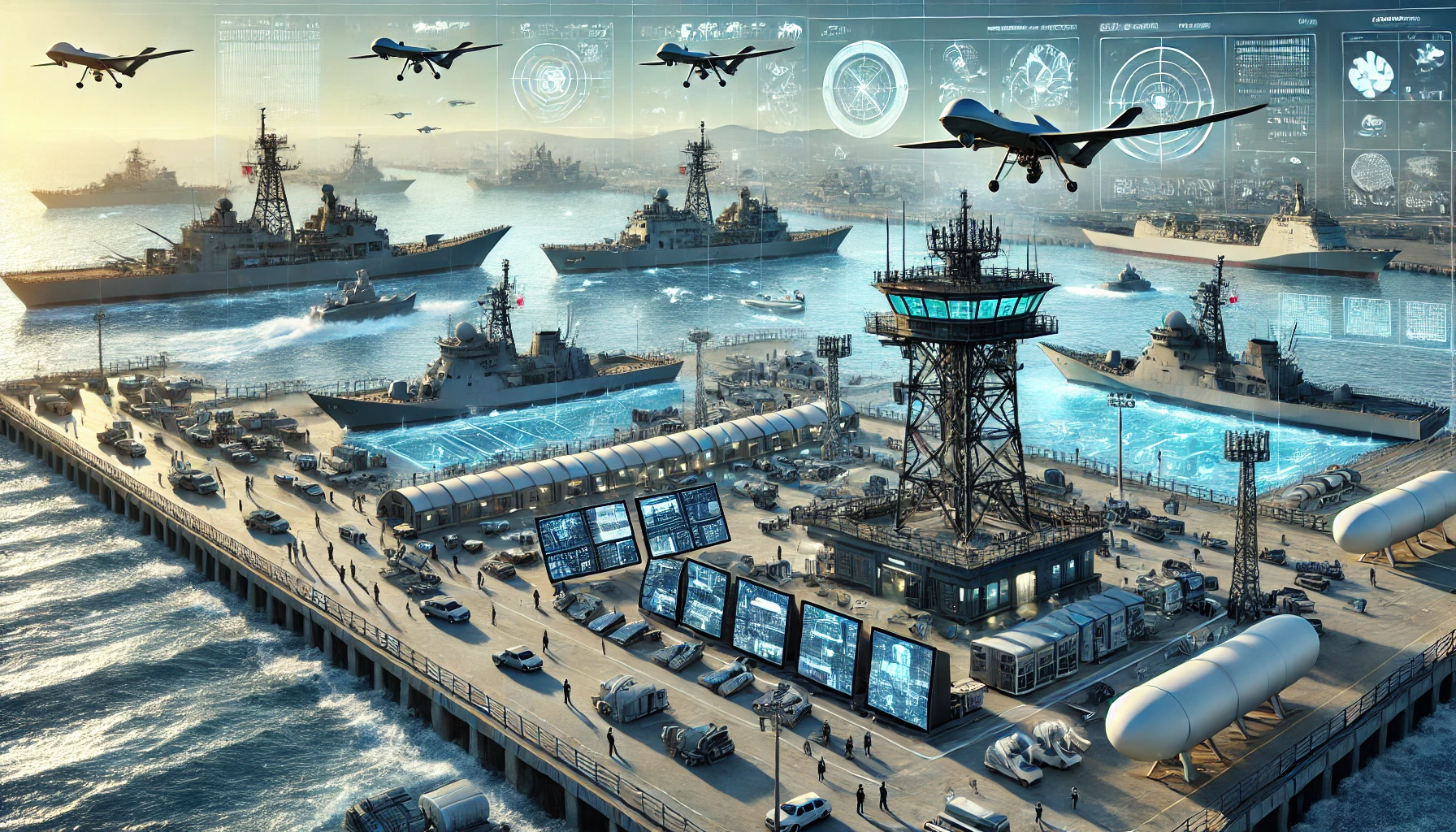
Congested Environment
Naval bases often present a congested environment with numerous ships, making it challenging to maintain effective surveillance and detect potential threats early.
Early Warning
The primary security challenge is providing early warning of potential threats approaching the naval base, ensuring timely response and mitigation.
Main Threats:
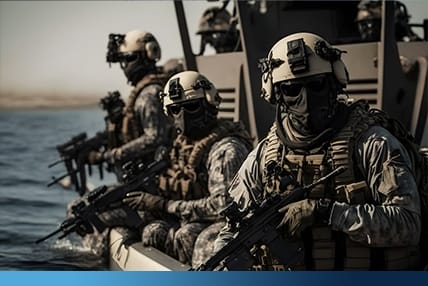
Fast Attack Craft (RHIB, Jet-ski, USV)
Agile and fast attack craft can evade conventional surveillance measures, posing significant security challenges for naval bases.
Unmanned Aerial Vehicles (UAVs)
Unauthorized UAVs equipped with advanced optics can compromise naval base security through reconnaissance or by delivering explosive payloads on critical targets.
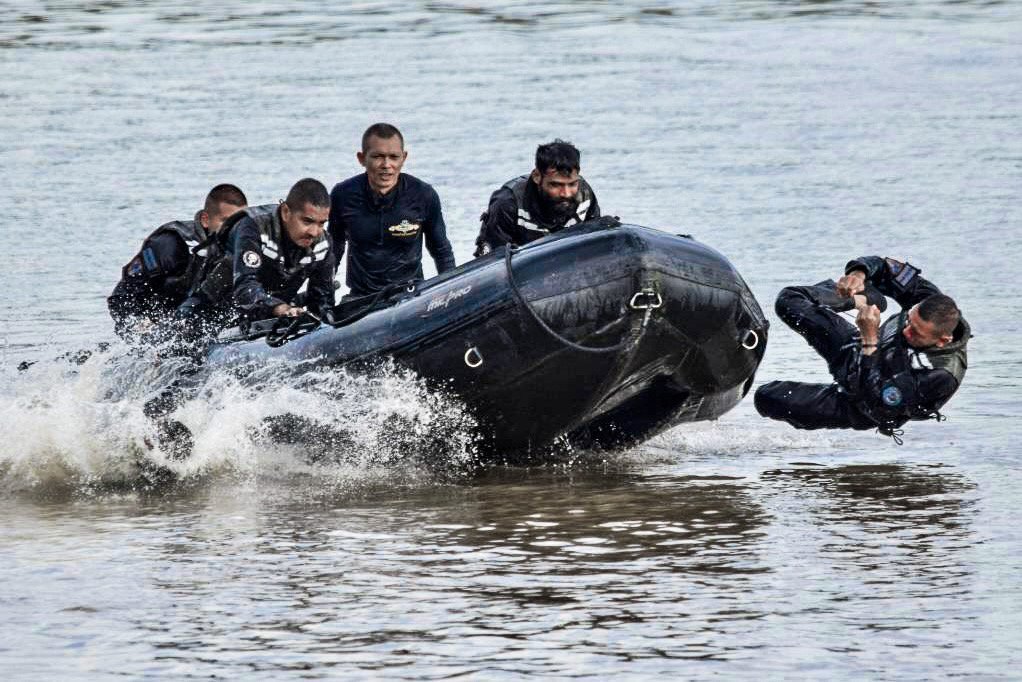
Stealth Aircraft
Advanced stealth aircraft may evade conventional radar systems, challenging the aerial surveillance capabilities of naval bases.
Jamming and Interference
Cyber adversaries may attempt to jam or interfere with communication systems, disrupting the functionality of surveillance technologies and compromising base security.
Key Challenges:
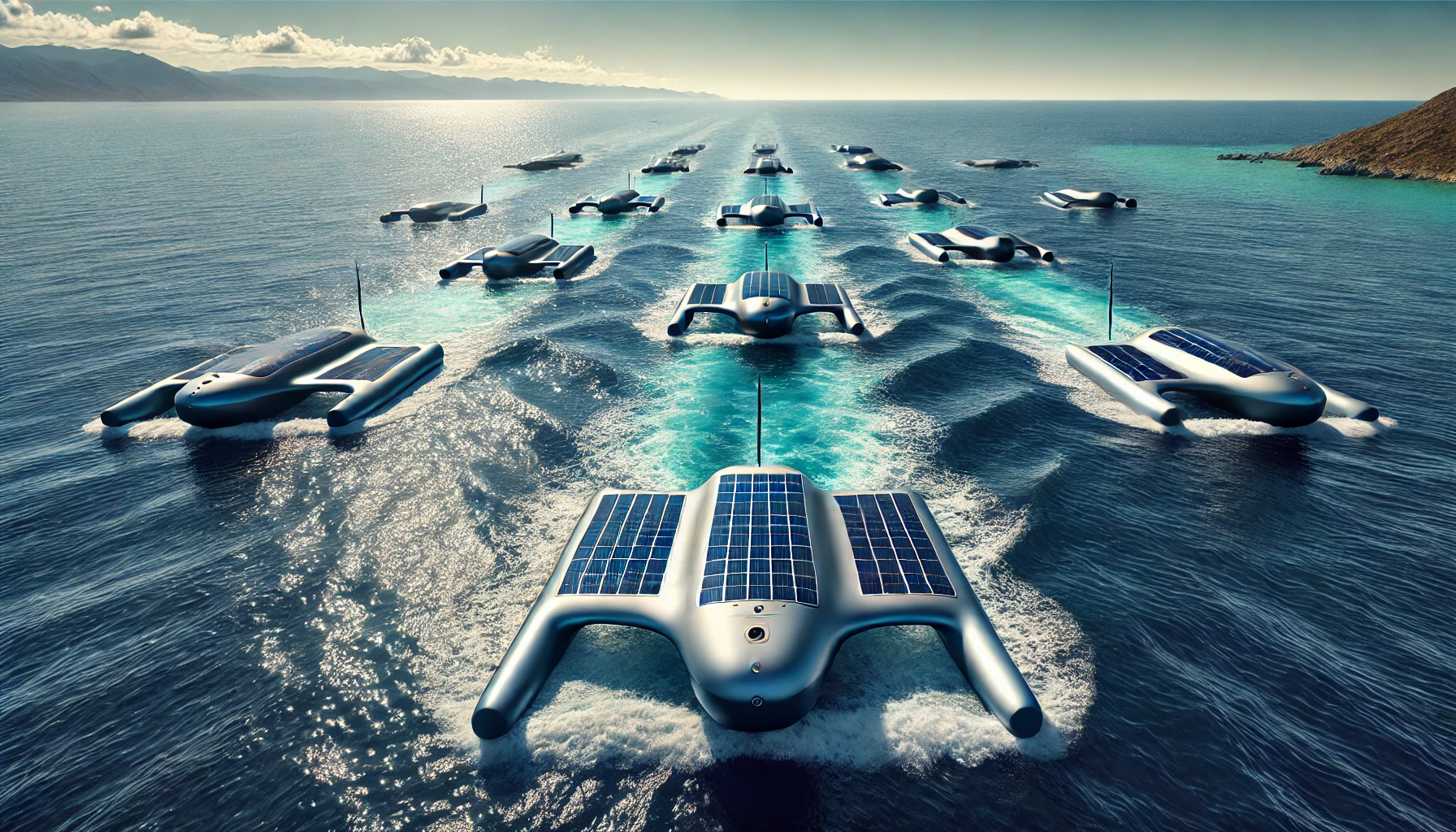
USV Automation Challenges
USVs must navigate safely in maritime environments dominated by human-operated vessels. To ensure safety, USVs need advanced piloting systems that adhere to navigation rules and incorporate sensors for secure autonomous operation. Reliable collision avoidance systems are essential to prevent accidents and safeguard the surrounding vessels.
Main Threats:

USV Automation Threats
USVs must be prepared to detect and avoid various obstacles:
– Large vessels that present major barriers.
– Small islands or rocks rising above sea level.
– Floating debris, including wood, mines, buoys, and icebergs.
– Fast-moving and small watercraft like jet skis or RHIBs.
– Maritime infrastructure, such as bridges and offshore wind turbines.
Land Defense
- Counter-UAS
- Forward Operating Base Surveillance
- Ground Based Air Defense
- Military Mobile Station Surveillance
- Military Air Base Security
- Special Forces Protection
Key Challenges:
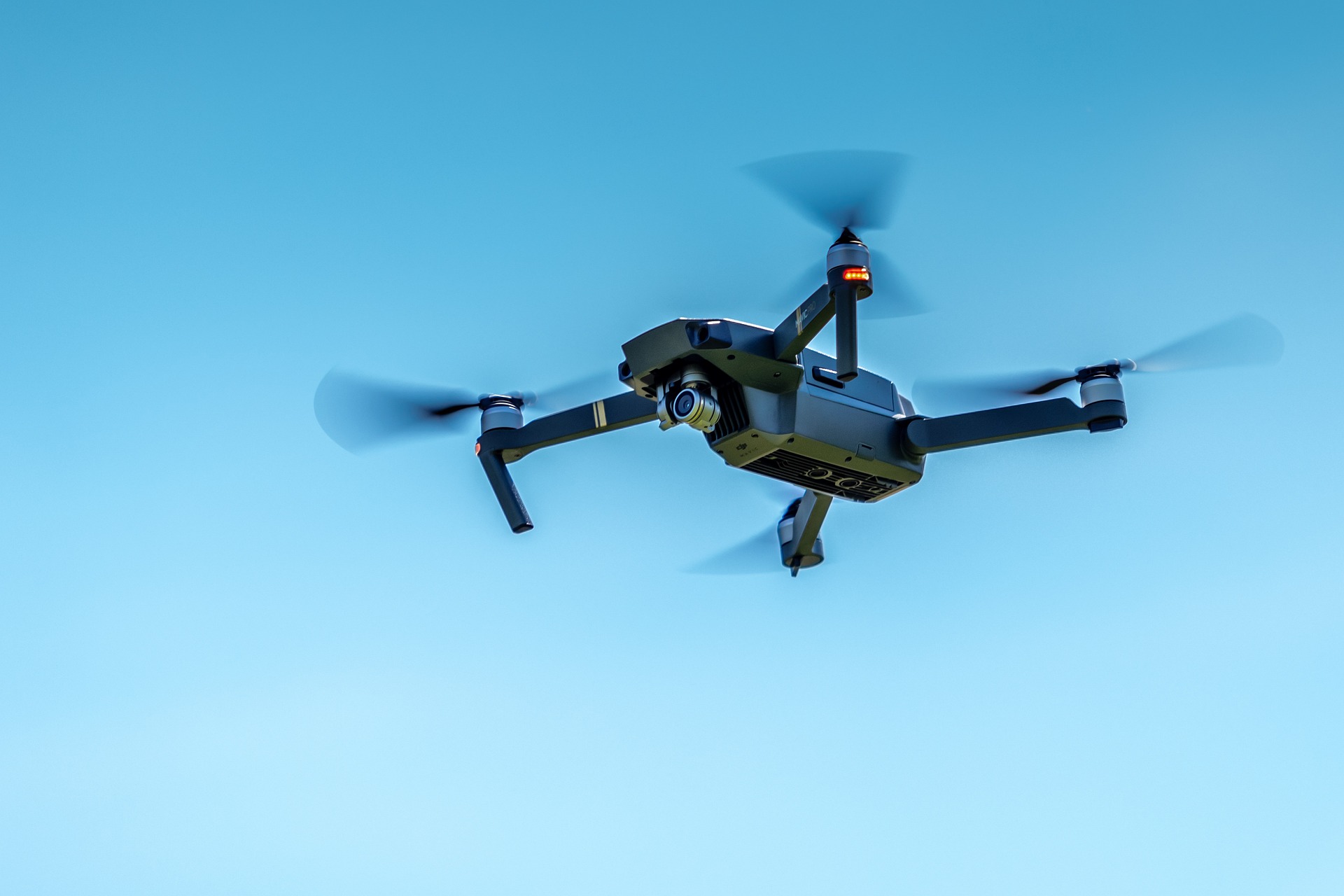
Drones Becoming Ubiquitous
As drones become widely accessible, ensuring secure airspace demands advanced systems to detect, monitor, and manage drone activities effectively.
Small and Stealthy Drones
Compact drones with minimal Radar Cross Section (RCS) evade traditional radar detection, especially in areas with significant electromagnetic interference.
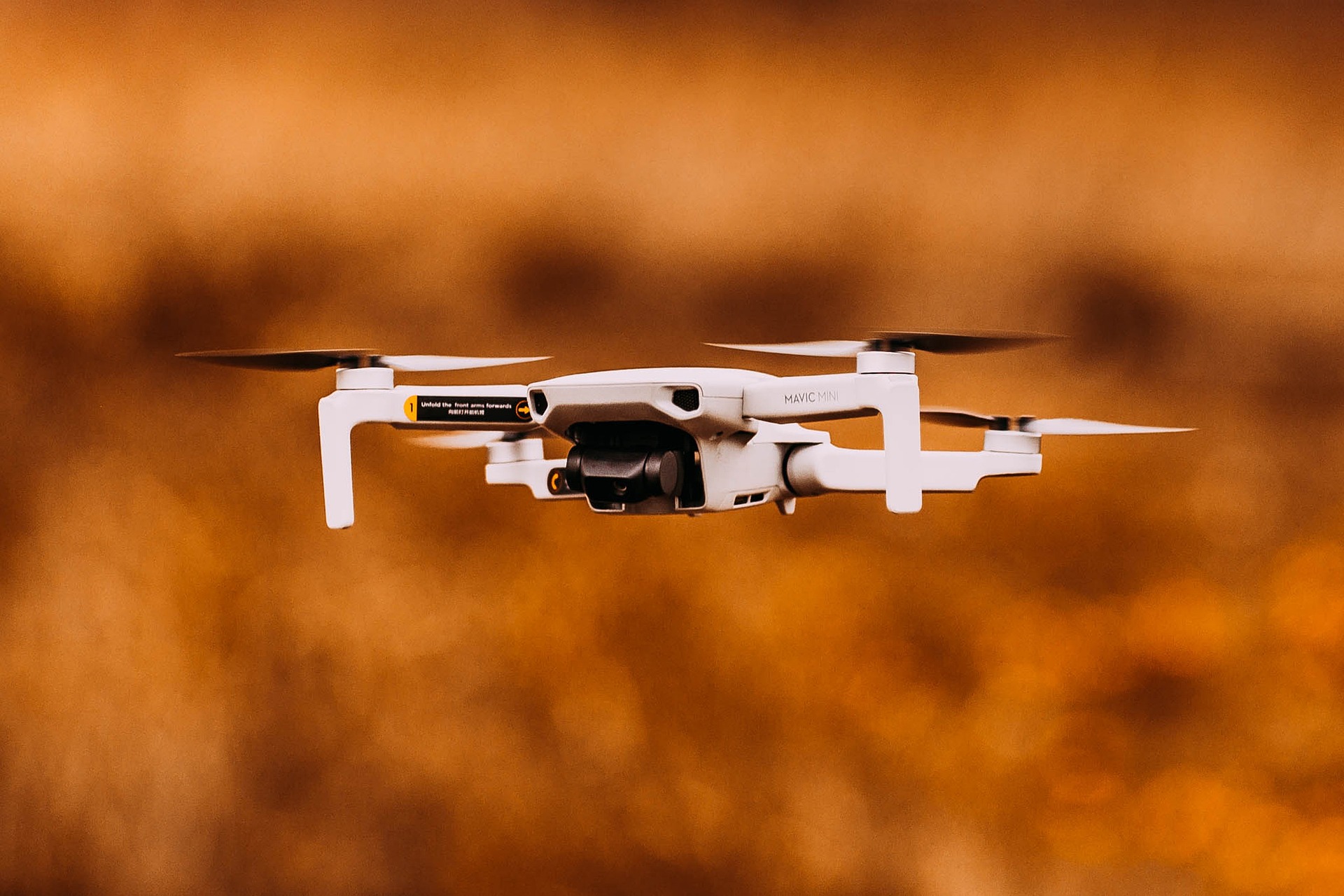
High-Speed Movements
The fast angular speed of drones requires sophisticated tracking systems to react promptly and neutralize threats effectively.
Pre-Programmed Flight Paths
Drones on pre-programmed routes evade RF detection, necessitating innovative solutions for accurate identification and interception.
Main Threats:
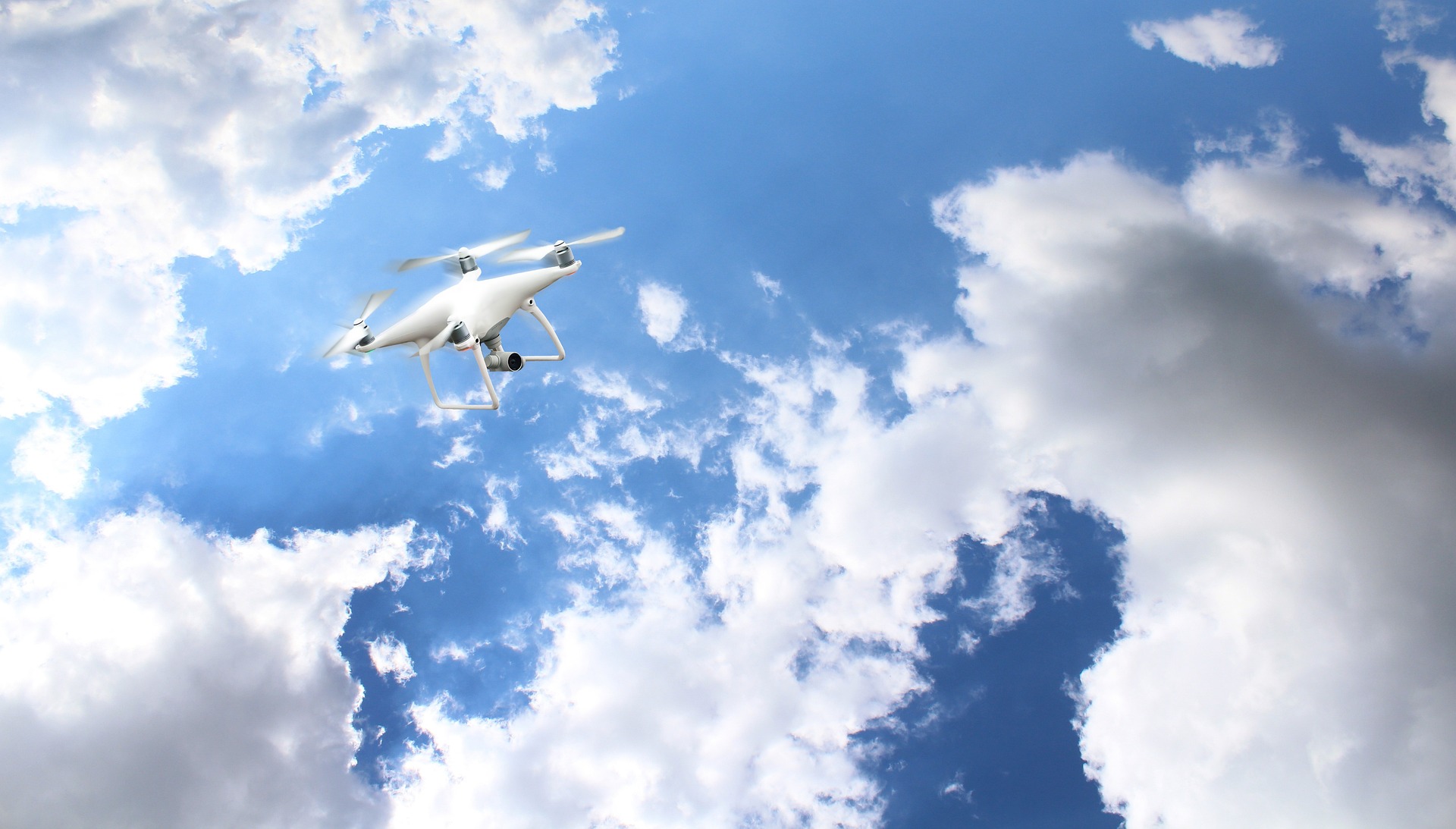
Combat Drones (UCAVs)
Advanced UAVs used for surveillance and reconnaissance are equipped with stealth technologies, making them difficult to detect, especially in cluttered environments.
Commercial Drones
Operating at low altitudes, commercial drones often evade detection and are frequently used for illicit activities, such as smuggling or espionage.
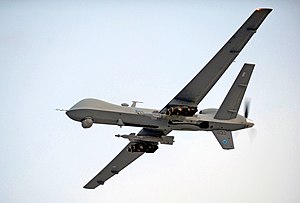
Drone Swarms
Coordinated drone operations in swarm formations create significant detection challenges. Advanced systems must quickly neutralize these threats to ensure security.
Key Challenges:
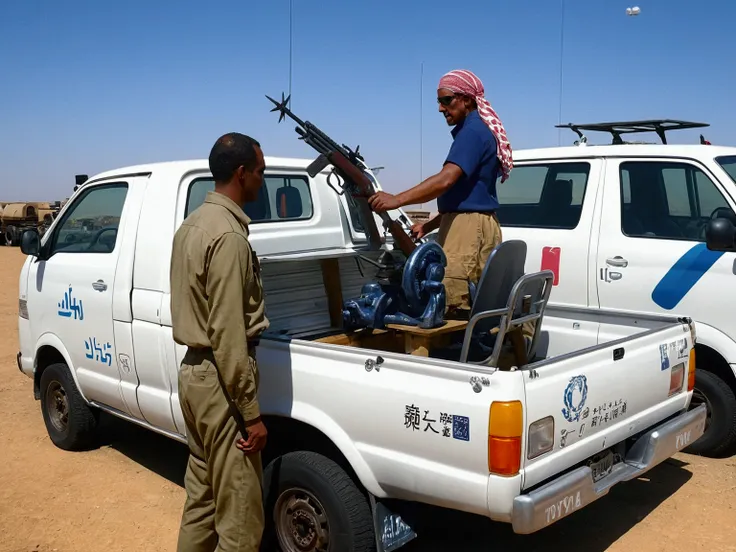
Round-the-Clock Wide-Area Monitoring
Remote Forward Operating Bases require continuous surveillance to detect threats and maintain security around the clock.
Rapid and Flexible Deployment
Surveillance systems must adapt quickly to evolving operational requirements, enabling rapid deployment to support mission objectives.
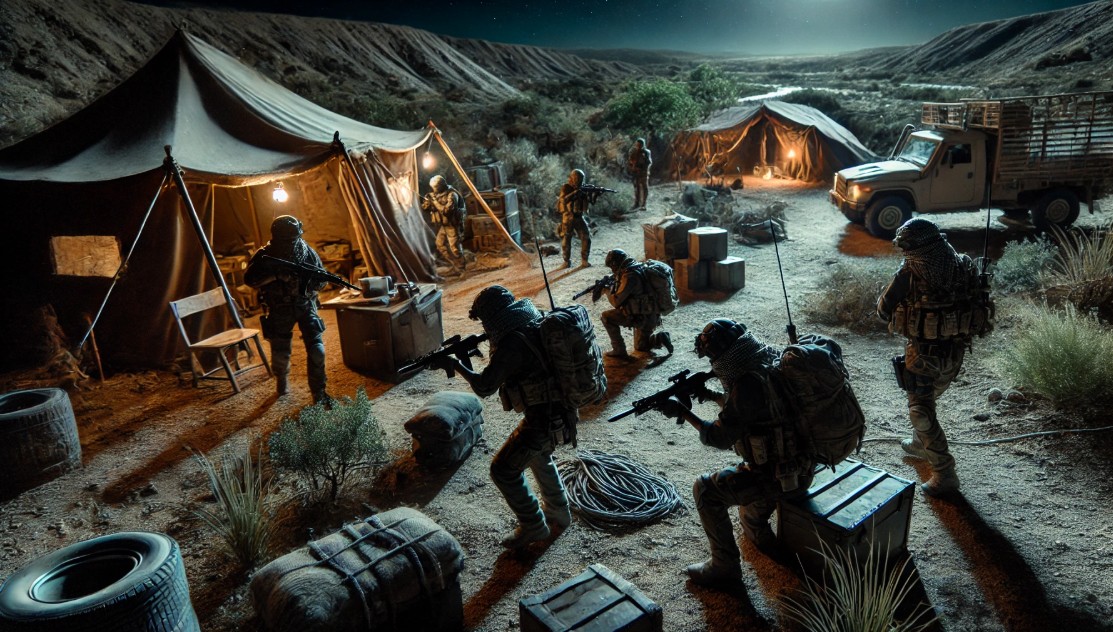
Extreme Environmental Conditions
FOBs operate in challenging climates, requiring rugged and weather-resistant surveillance systems.
Operator-Friendly Systems
Systems should be intuitive and user-friendly for rotating personnel with varying levels of technical expertise.
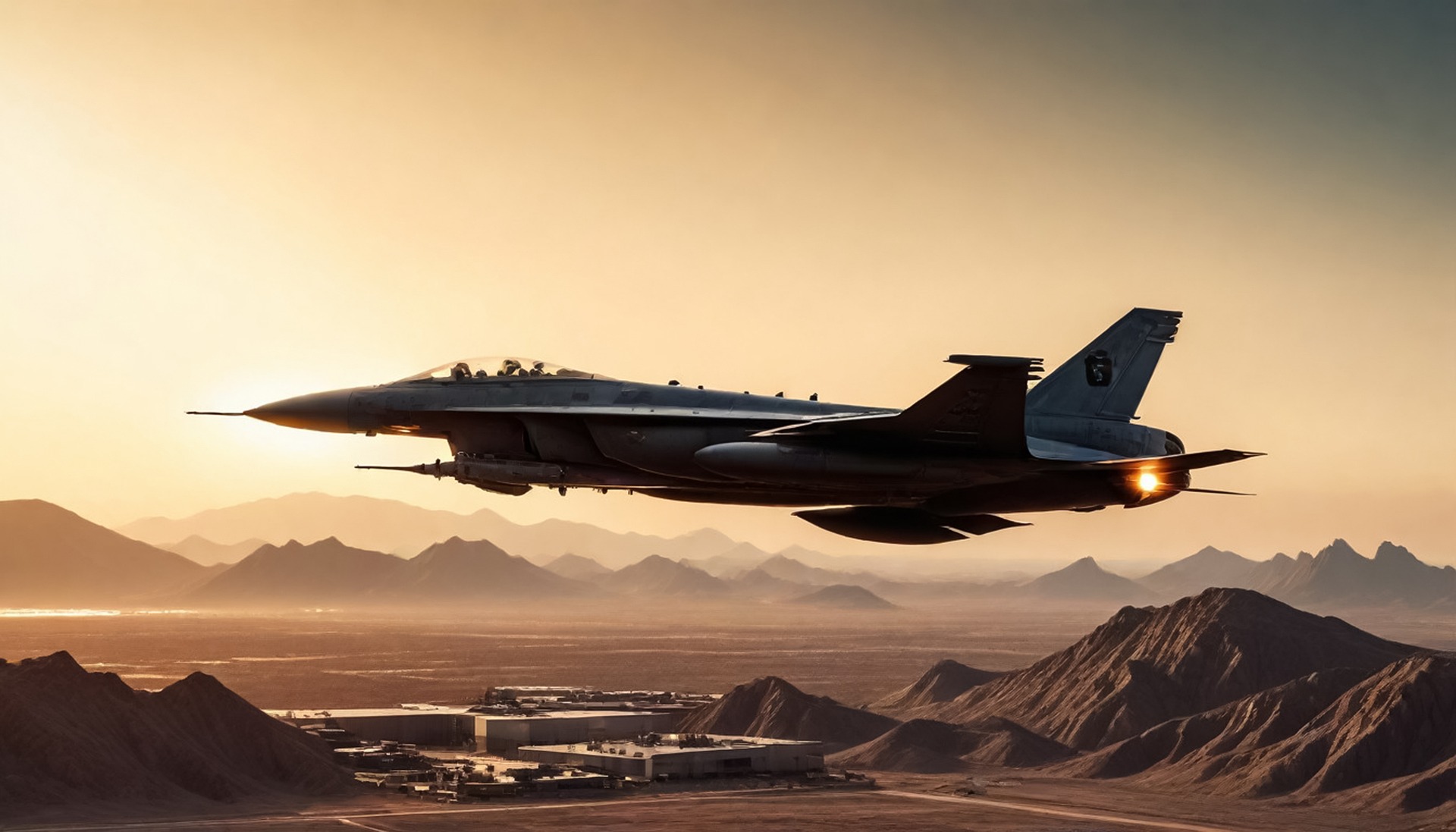
Reducing False Alarms in Cluttered Environments
Advanced algorithms minimize false alarms caused by wildlife, natural elements, or civilian activity near bases.
Integration with C4ISR Networks
Seamless integration with C4ISR systems enhances real-time data sharing and operational decision-making.
Main Threats:
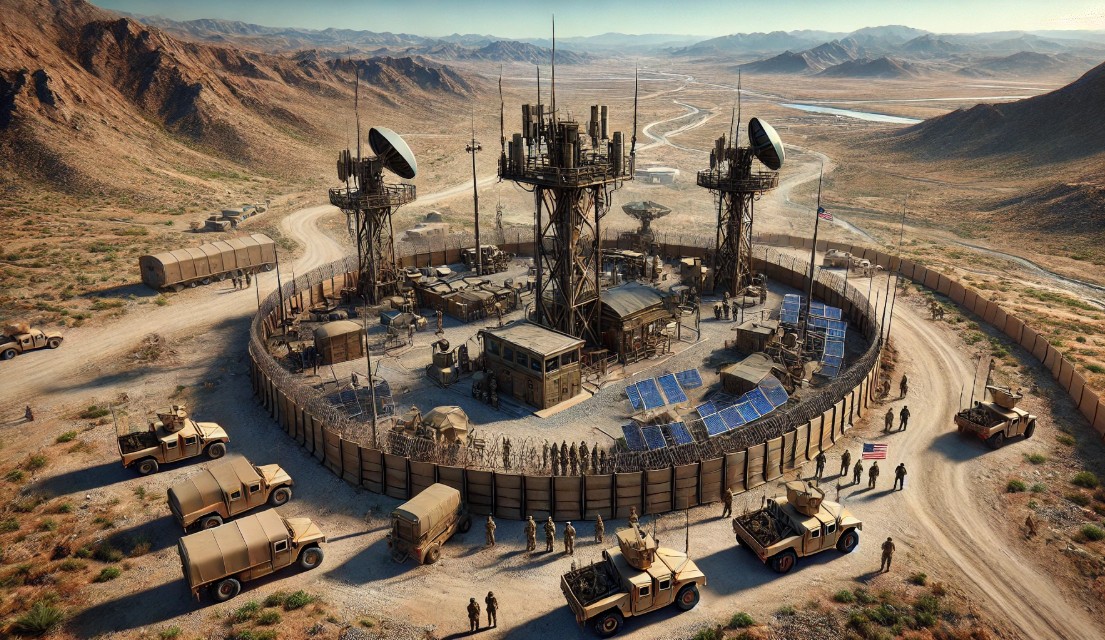
Terrestrial Intrusions
Detecting and neutralizing perimeter violations by individuals or vehicles requires long-range classification and precision.
Airborne Threats
Low-flying drones and other aircraft require trajectory and thermal analysis to detect and assess risks accurately.
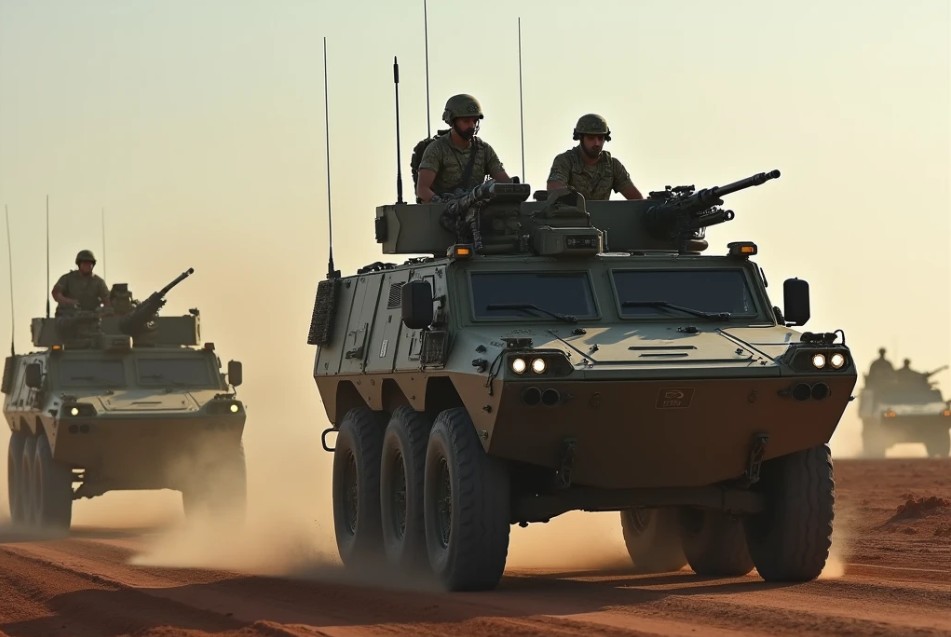
Insurgent Activities
Behavioral analysis and predictive modeling identify suspicious activities, including reconnaissance and hostile movements.
Sabotage
Protecting against equipment tampering and system interference ensures operational security and reliability.
Key Challenges:
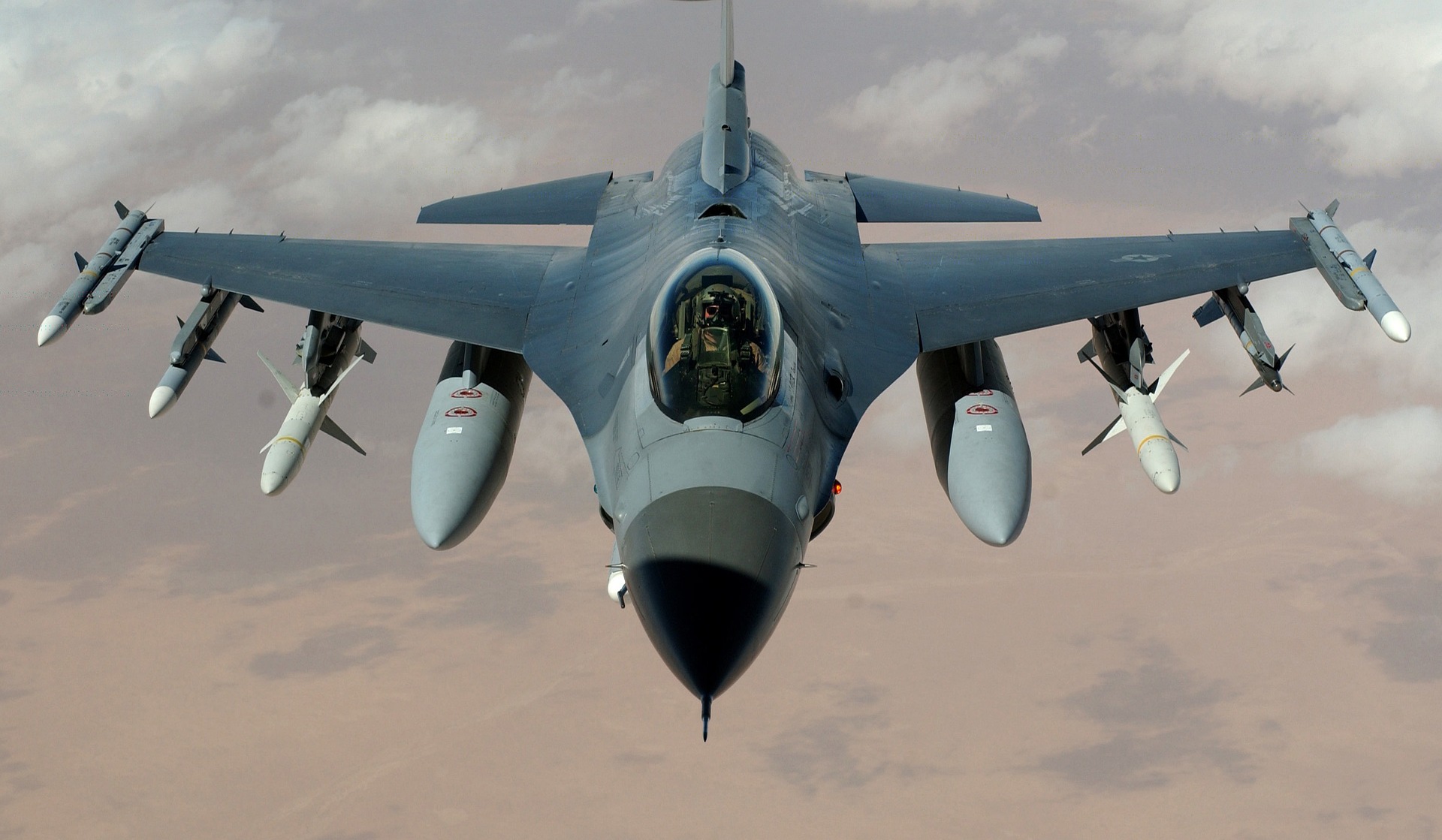
Remaining Undetectable
AMD systems must avoid detection to survive in hostile environments. Passive alternatives to radar are critical to maintain operational capability during conflicts.
Rapid Deployment Capabilities
GBAD systems must be compact, robust, and ready for quick deployment to adapt to evolving battlefield scenarios.
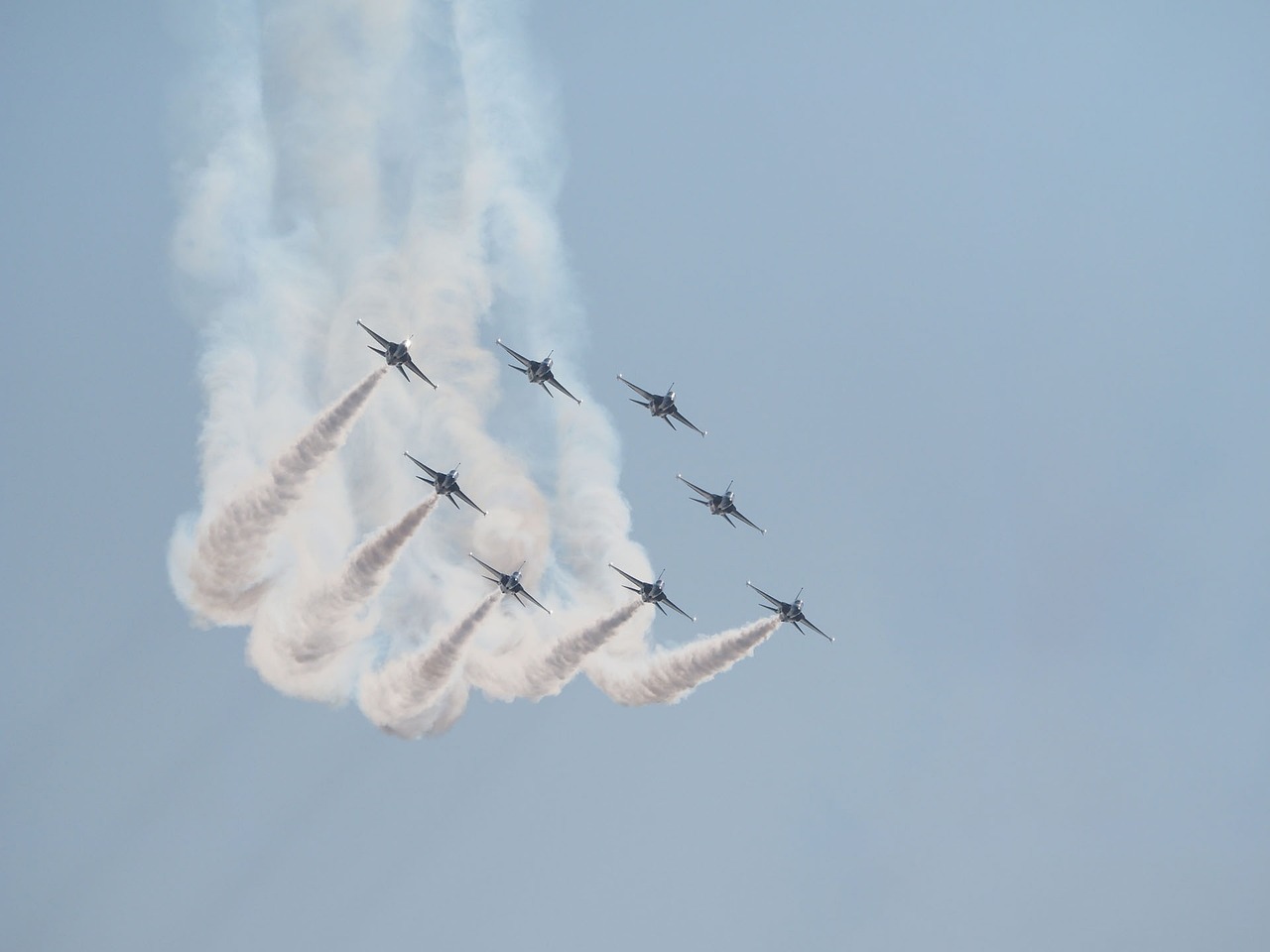
Countering Stealth Technologies
Advanced stealth aircraft are designed to evade radar, requiring innovative detection methods for effective tracking.
Supersonic and Hypersonic Threats
High-speed missiles demand real-time response capabilities, pushing the boundaries of current interception technologies.
Main Threats:
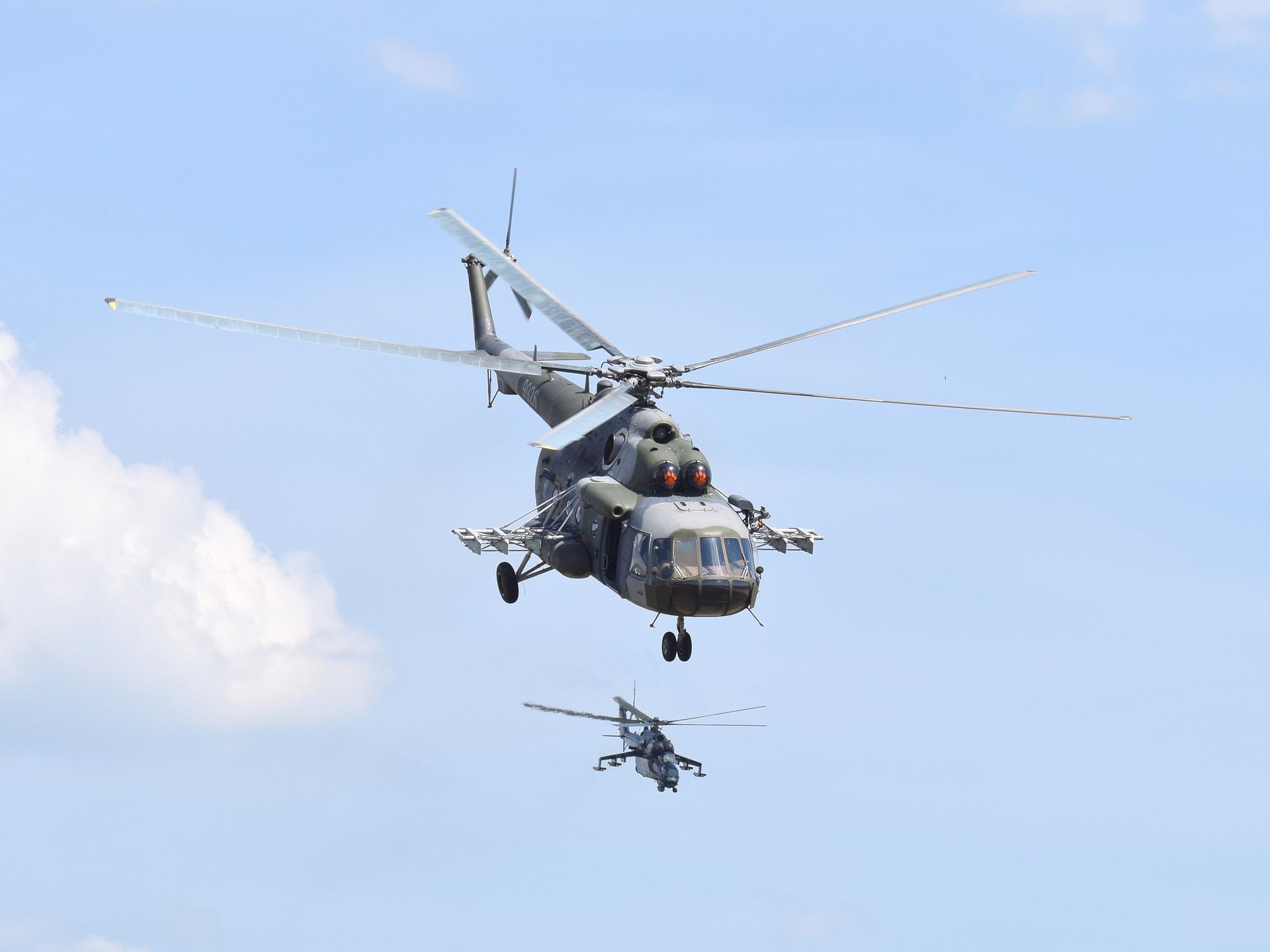
Unmanned Aerial Systems (UAS)
Agile and low-flying drones introduce complex challenges, requiring precise countermeasures to ensure airspace security.
Fighter Aircraft
Advanced fighter jets equipped with stealth technology remain a significant threat, necessitating innovative detection and engagement strategies.
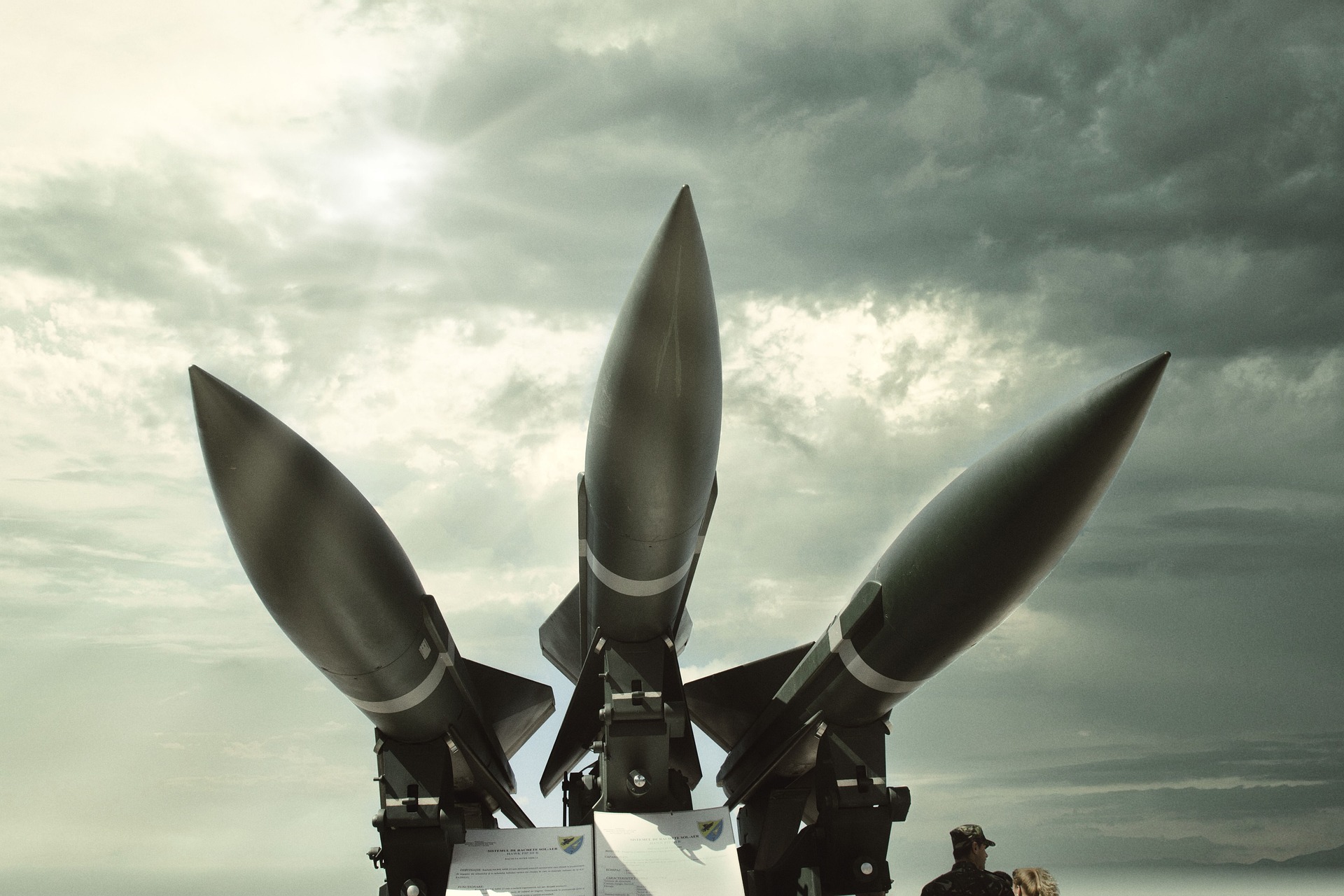
Cruise Missiles
Advanced cruise missiles with precision navigation systems pose significant challenges, requiring sophisticated counter-technologies to mitigate their threat effectively.
Key Challenges:
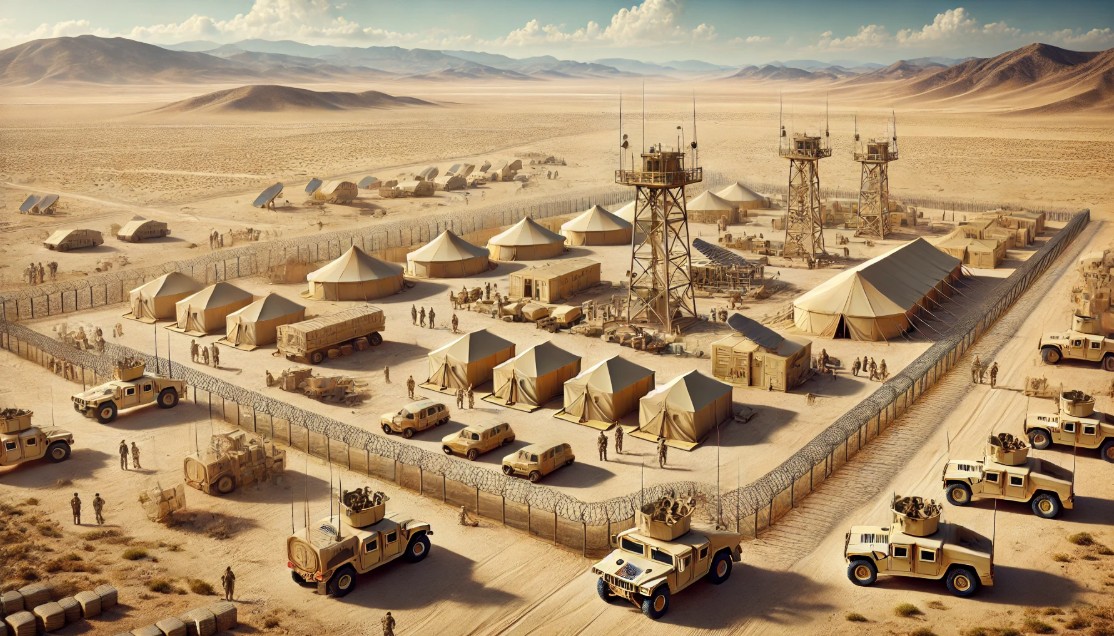
Operating in Remote Locations
Surveillance systems must be self-contained and resource-efficient to function effectively in areas with little to no infrastructure.
Immediate Threat Identification
Real-time detection and actionable intelligence are essential for enabling rapid responses to potential threats.

Adapting to Frequent Relocations
Surveillance systems must be portable, adaptable to varying terrains, and capable of providing seamless coverage during station transitions.
Resilience in Harsh Environments
Equipment must withstand extreme weather and environmental conditions to ensure continuous operational capability.
Main Threats:

Hostile Actions and Terrorism
Military mobile stations face threats such as sabotage, espionage, and infiltration by hostile forces. Advanced surveillance and proactive security measures are critical for mitigating these risks.
Key Challenges:
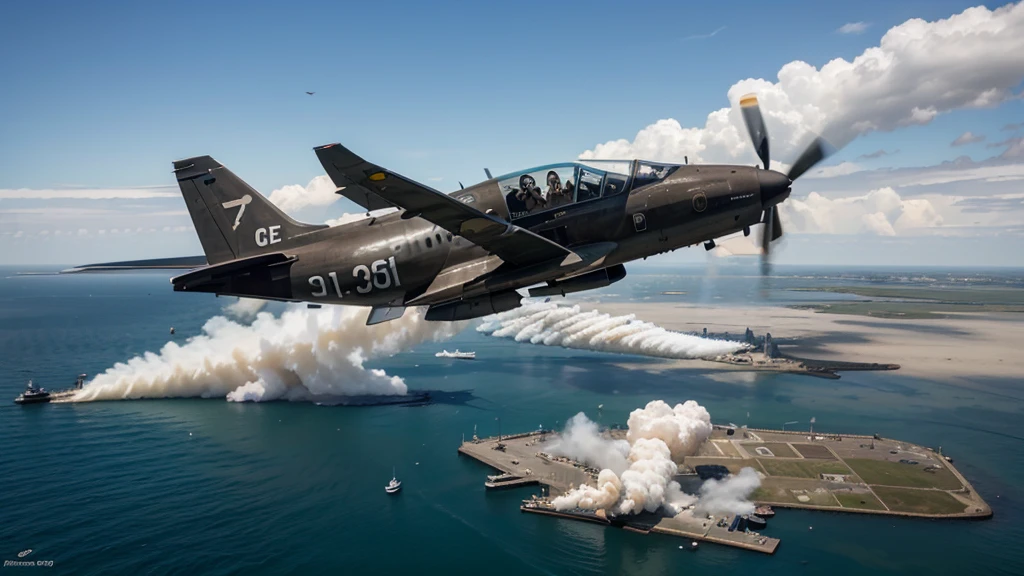
Round-the-Clock Surveillance
Remote air bases require continuous monitoring to ensure perimeter security and early detection of potential threats.
Operator-Friendly Systems
Surveillance systems should be user-friendly and require minimal training to accommodate personnel with varying levels of expertise.
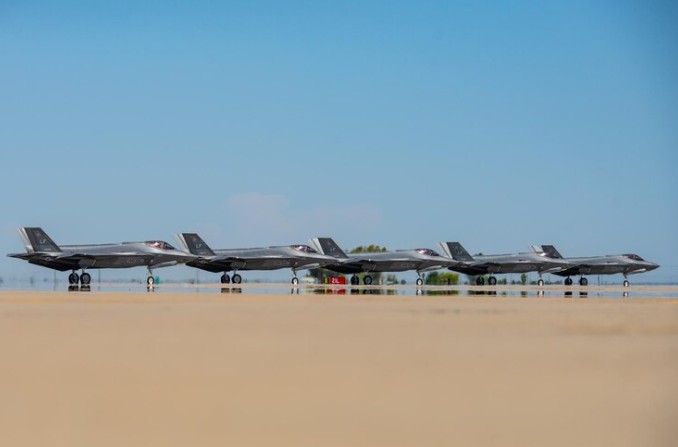
Integration with C4ISR Systems
Surveillance systems must integrate seamlessly with broader command and control networks to provide real-time data for decision-making.
Resilience in Harsh Environments
Equipment must function reliably in extreme weather conditions, ensuring uninterrupted operational capability.
Main Threats:
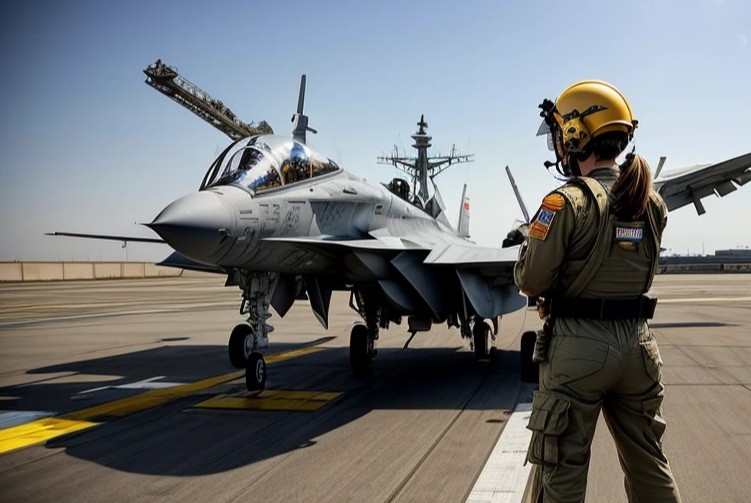
Unmanned Aerial Systems (UAS)
UAVs used for reconnaissance or attacks present a dynamic threat requiring advanced detection and neutralization technologies.
Ballistic and Cruise Missiles
Precision-guided missiles pose significant risks to air bases, demanding sophisticated interception and protection systems.
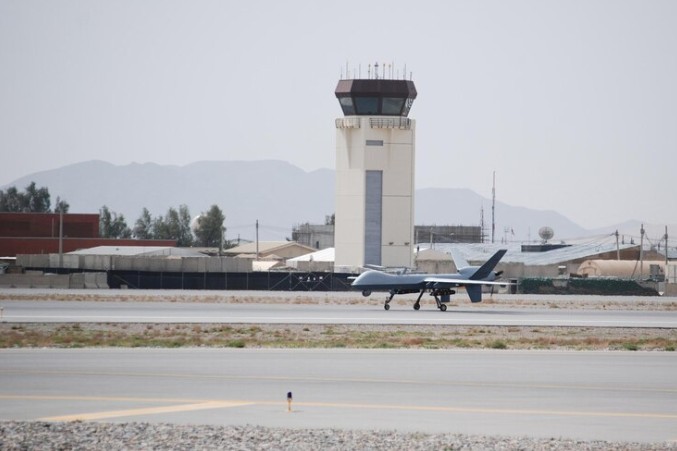
Insider Threats and Sabotage
Preventing unauthorized actions by individuals with access to sensitive areas is critical for base security.
Terrorist Attacks and Asymmetric Threats
Military air bases must remain alert to unconventional tactics and terrorist threats targeting their strategic significance.
Key Challenges:

Securing Missions in Hostile Territories
Security systems must withstand extreme conditions and potential sabotage, adapting to various terrains to ensure the safety of personnel and assets.
Stealth Through Passive Surveillance
Passive technologies, like infrared sensors, maintain operational stealth by avoiding detectable emissions, gathering intelligence silently and effectively.
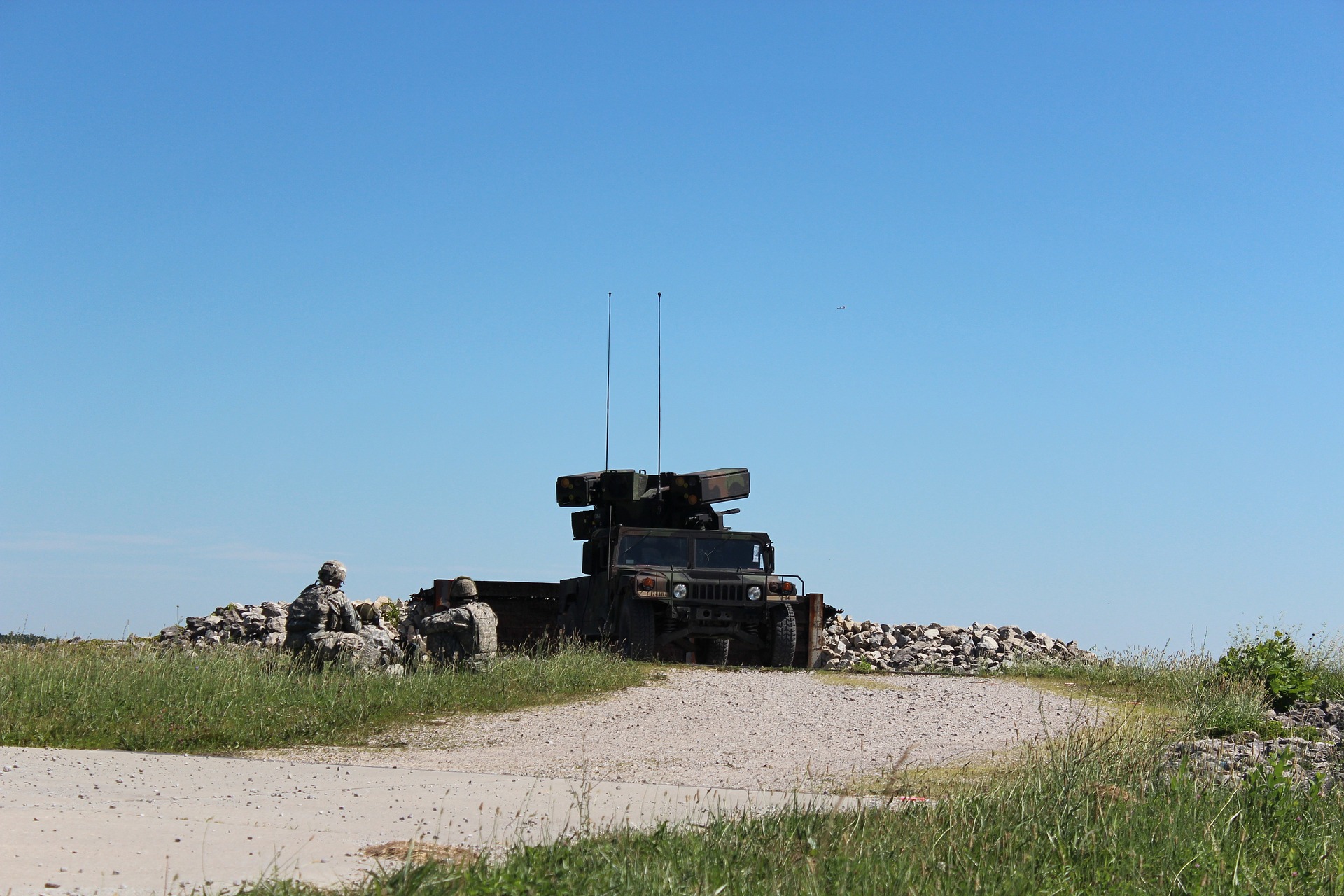
Portable, Low-Power Equipment
Lightweight and compact surveillance systems enable rapid deployment during missions, offering high performance without burdening personnel.
Main Threats:
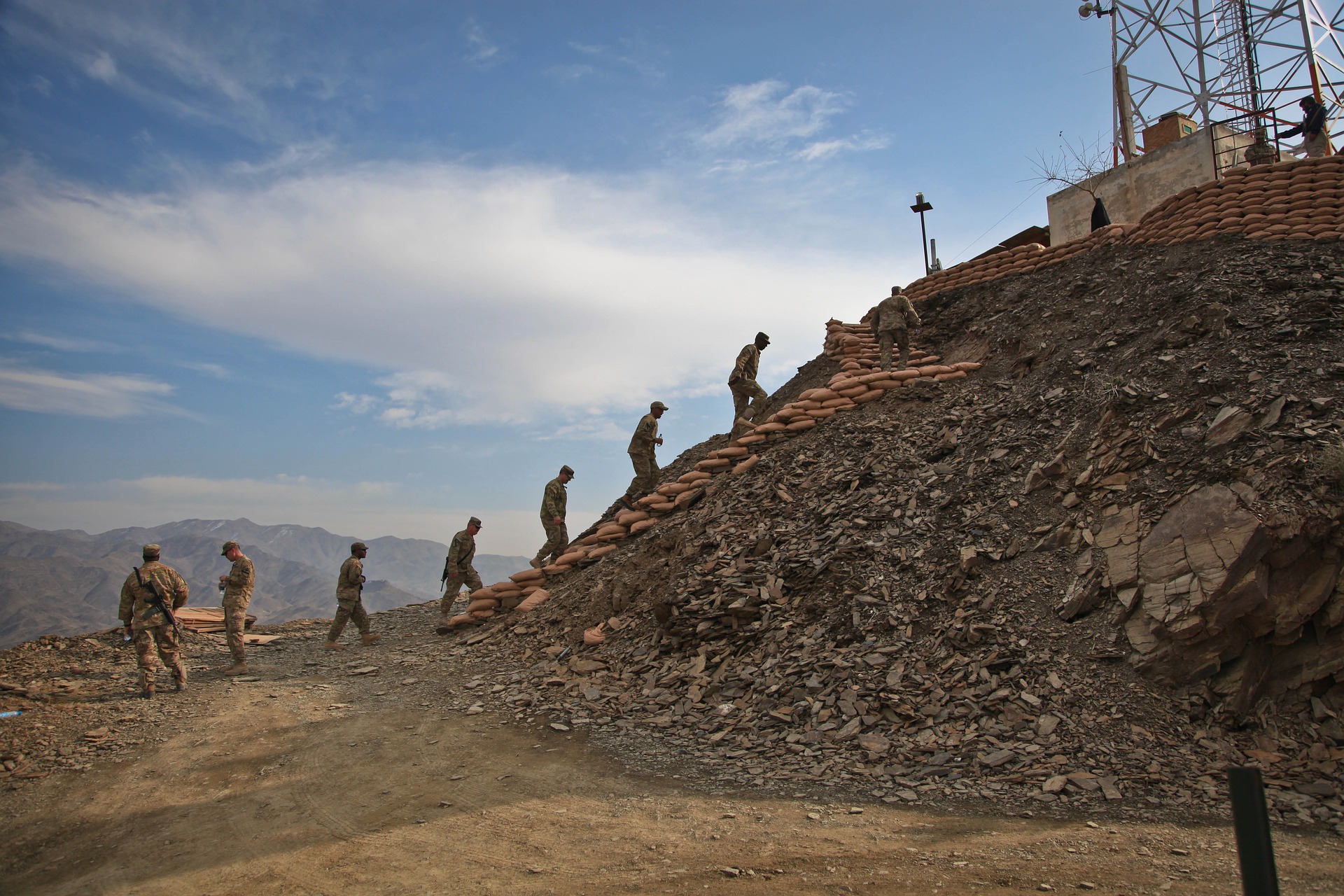
Unforeseen Threats in Remote Areas
Deploying 360° infrared cameras helps monitor large areas without exposing personnel, enhancing safety in isolated or desert regions.

Event and Procession Security
Protecting VIPs or high-profile events from attacks requires advanced surveillance tools to detect and respond to threats effectively.
